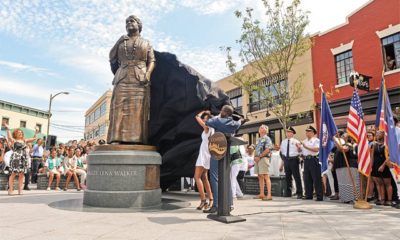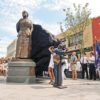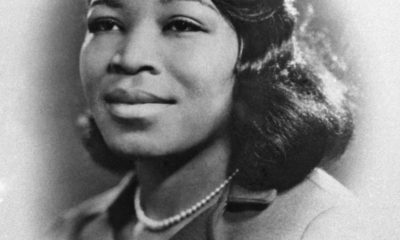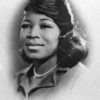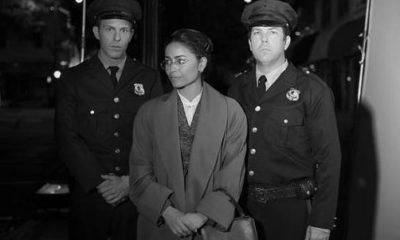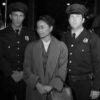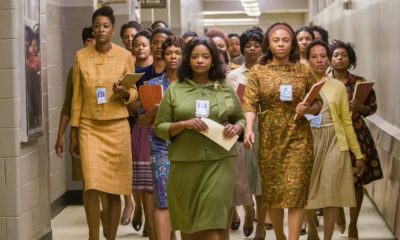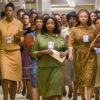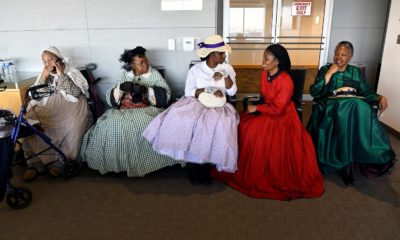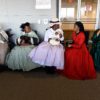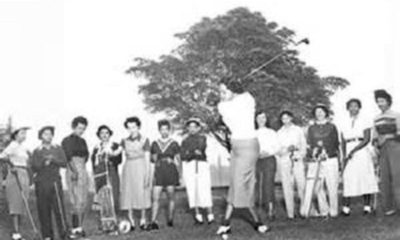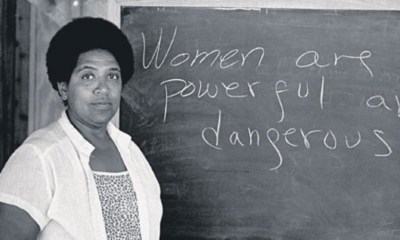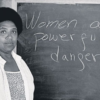Butterflies in History
The first woman to start a bank — a black woman — finally gets her due in the Confederacy’s capital
Maggie L. Walker started a newspaper. She was the first country’s first woman to found a bank. She was a humanitarian, a teacher, an icon of her community in 1920s Richmond.
She was also the daughter of a former slave.
Walker’s accomplishments in the face of racial oppression and segregation have never been honored in her hometown in the same way as the Confederate leaders whose statues are the focal point of downtown Richmond.
But on Saturday, 153 years to the day she was born in the former capital of the Confederacy, Walker will get her own monument, a towering statue of her as she lived — her glasses pinned to her lapel, a checkbook in hand.
“She’s ready to work,” said Antonio “Toby” Mendez, the celebrated Maryland sculptor who brought Walker back to life, 10 feet tall, in bronze. “She wasn’t just raising the bar for her community. She was working to create opportunities.”
Community leaders have for decades wanted to honor Walker, who was the first African American woman in the country to found a bank — St. Luke’s Penny Savings, which gave loans to black business owners and residents at fair rates, then recycled the interest earned to keep building the community.
“Let us put our moneys together,” Walker said in 1901. “Let us use our moneys; let us put our money out at usury among ourselves, and reap the benefit ourselves. Let us have a bank that will take the nickels and turn them into dollars.”
In addition to the bank, Walker also opened an emporium for African Americans to shop and sell their goods without being forced to use side doors. She refused to tolerate any oppression of people of color — enough was enough.
Now that she’s being publicly memorialized, her admirers are overjoyed.
“Children and adults alike need to see the missing pieces of history,” said Gary Flowers, a Richmond resident who helped lead the effort to honor Walker. “We are honored to see Mrs. Walker in her full glory.”
But at the same time, Flowers said he and other community leaders are concerned about the future of the city’s monuments honoring, as he put it, “a foreign nation that lost to the United States.”
While New Orleans and other cities have removed Confederate monuments, Richmond Mayor Levar Stoney, who is black, is moving forward with plans to recast signage and add context to the statues of Gen. Robert E. Lee and others along Monument Avenue.
Instead of tearing down the controversial monuments, Stoney wants to add new ones devoted to the heroes who fought against slavery and championed civil rights. Those who have criticized New Orleans and other cities for dismantling Confederate history have lauded his restraint.
Others accuse him of dodging the issue and essentially sanctioning the continued …
Please read original article – The first woman to start a bank — a black woman — finally gets her due in the Confederacy’s capital



